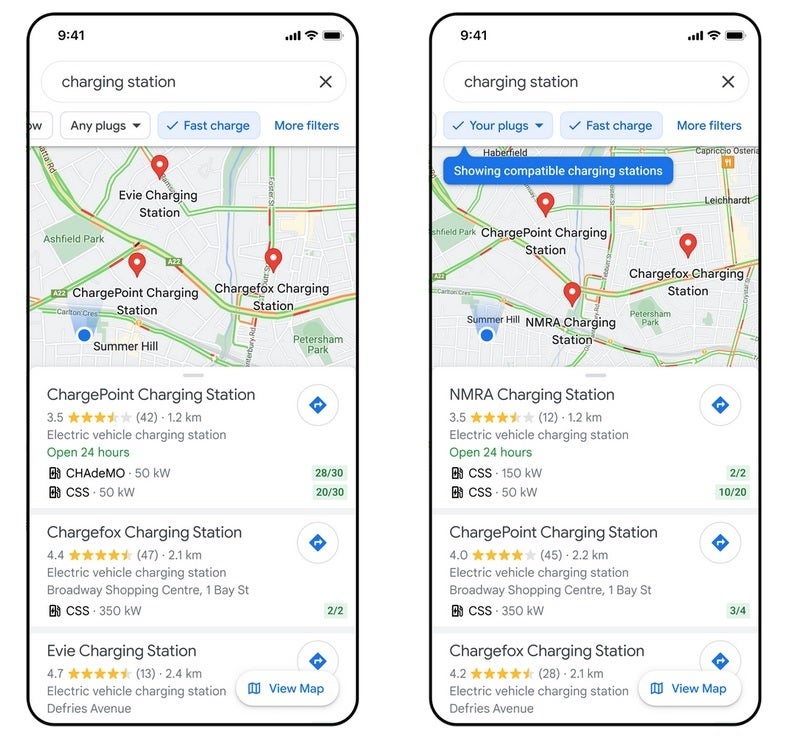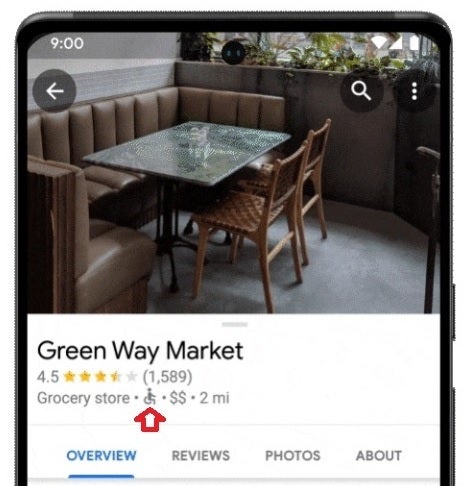Google notes changes coming to Google Maps including AR-based “Search with Live View”
Google Maps’ Search with Live View uses AI, AR, and billions of Street View images
For example, let’s imagine that you are in New York City and you want to run some errands, do some holiday shopping, and, dine with friends. Thanks to AI, AR, and billions of Street View images, you can find the places you need that are mostly right in front of you. From the Google Maps app, lift your phone and tap on the camera icon in the search bar to see stores that are nearby along with coffee shops, banks, and ATMs.
Search with Live View debuts in six cities next week
Thanks to AR, the user will see arrows and directions in front of a real-world view. And with all of those aforementioned Street View images available, even stores that are around the corner and not accessible to your phone’s camera can show up. And besides showing you the name of each store, bank, or restaurant, Search with Live View will provide you with other important information such as whether a store is open or closed, how busy it might be, whether its prices are cheap or dear, and how high or low the business is considered by the Google Maps community.
The filter can also be used to show charging stations that use plug types compatible with your car. These new features are available right now on iOS and Android devices in countries
that have EV charging stations.

Google Maps can help you find locations that will fast charge your electric vehic
Google Maps will show you which places have wheelchair accessible
Open Google Maps and tap the initials, or profile pix on the right side of the search bar near the top of the display. Tap on Settings > Accessibility settings. Toggle on Accessible places which will “Show if places have wheelchair accessible features like entrances, seating, restrooms, and parking when searching or viewing a place.” Google does warn that accessibility information seen on this feature may differ from conditions in the real world.

Google Maps will tell you if an establishment is wheelchair accessible
If the setting is enabled and you search for a business, you’ll see a wheelchair icon if the location can be visited by a person in a wheelchair. If not, the icon will have a line through it. The information is sourced from the Google Maps community.
For all the latest Technology News Click Here
For the latest news and updates, follow us on Google News.
